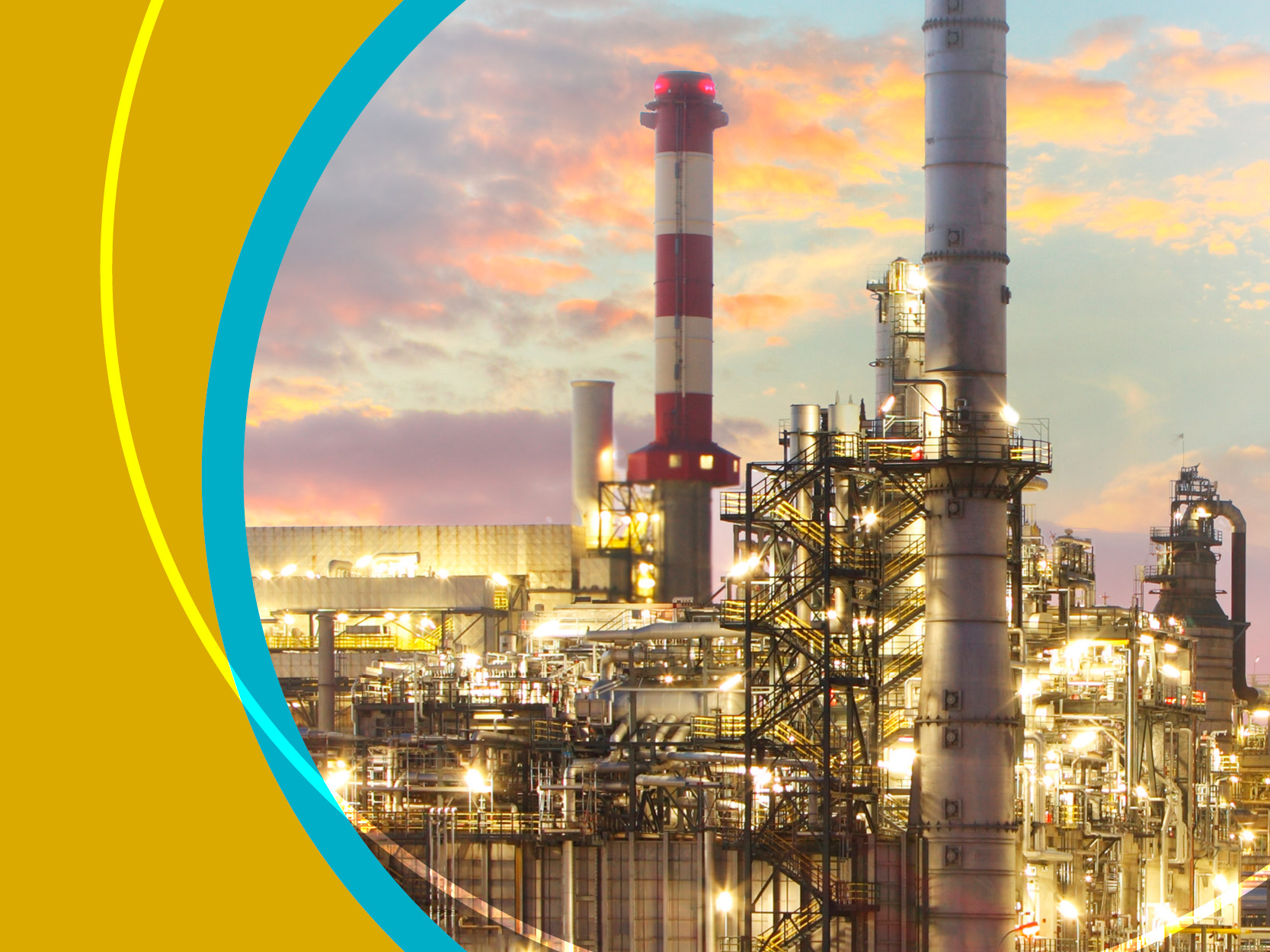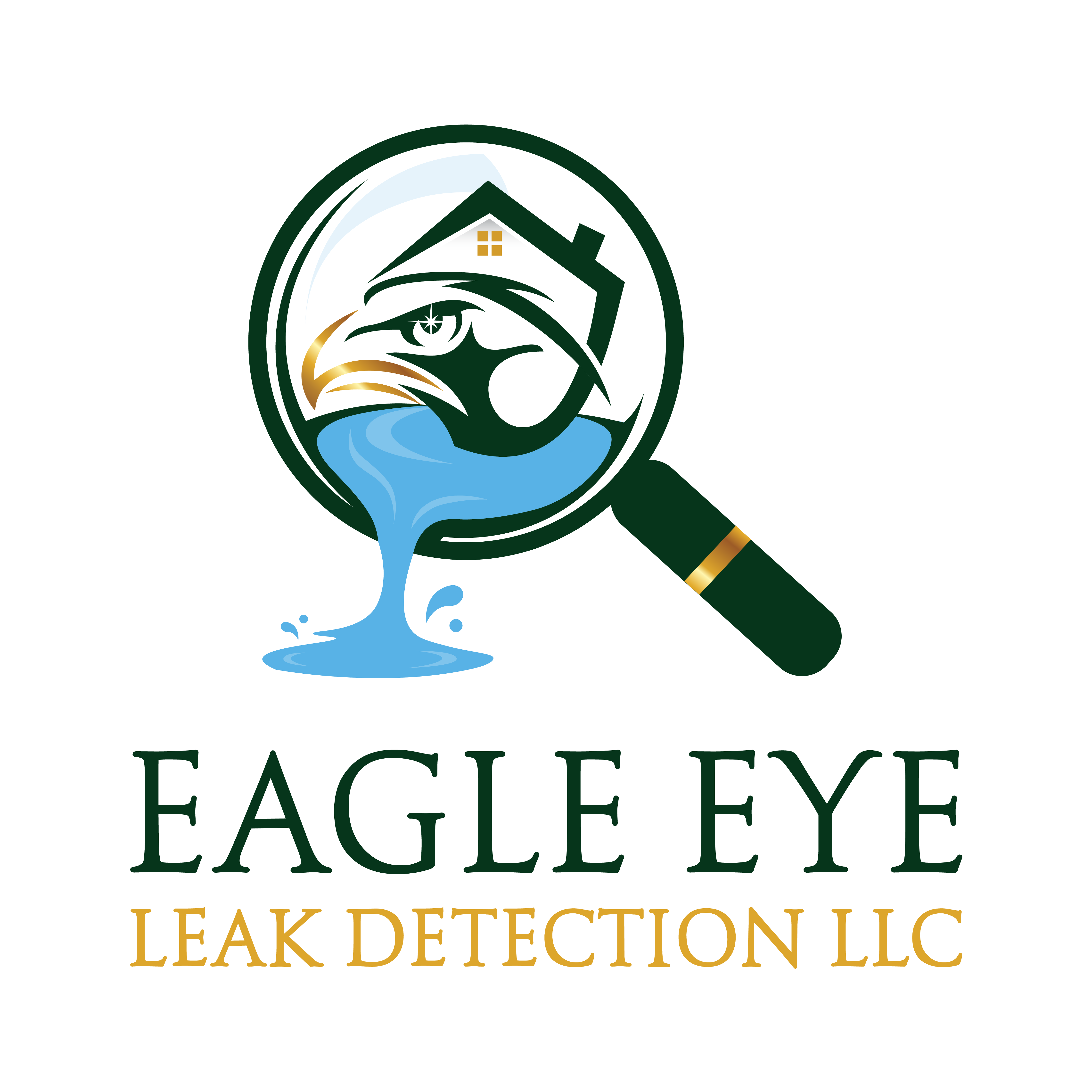Have you ever wondered what happens when a leak meets the ocean? Well, it’s not as poetic as it sounds. Pale seafoam of leak is a term that’s gaining traction in environmental circles, and for good reason. It’s not just about aesthetics—it’s about the alarming consequences of pollution seeping into our water systems. From oil spills to chemical runoff, the pale seafoam of leak represents a growing concern that affects marine life, ecosystems, and even human health.
Let me break it down for you: when we talk about pale seafoam of leak, we're not just talking about some random foam floating on the water. This phenomenon is a result of pollutants mixing with seawater, creating a toxic cocktail that can have devastating effects. It’s like a silent killer lurking beneath the surface, and if we don’t pay attention, the damage could be irreversible.
Now, you might be thinking, “Is it really that bad?” Spoiler alert: it is. From industrial waste to everyday household products, the sources of these leaks are more common than you think. But don’t worry, we’re here to dive deep into the issue, explore its causes, effects, and potential solutions. So, buckle up and let’s get started.
- Sedonasky Onlyfans Leaks The Full Story You Need To Know
- How Old Is Jeanette Cooke Of The Singing Cookes A Deep Dive Into Her Life And Legacy
Understanding Pale Seafoam of Leak
What Exactly is Pale Seafoam of Leak?
Let’s start with the basics. Pale seafoam of leak refers to the frothy, foam-like substance that forms on the surface of water bodies due to pollution. This foam is often caused by the presence of organic compounds, detergents, and other chemicals that mix with seawater. While it may look harmless, it’s anything but. Think of it as nature’s way of saying, “Hey, something’s wrong here!”
Here’s the kicker: this foam isn’t just ugly; it’s dangerous. It can disrupt marine ecosystems, harm aquatic life, and even pose risks to humans who come into contact with it. And guess what? It’s becoming more common, thanks to increased industrial activities and improper waste management.
Causes of Pale Seafoam of Leak
So, what’s causing all this fuss? Let’s break it down:
- Cassie Muffaro The Rising Star Redefining Hollywoods Landscape
- East Conway Beef And Pork A Meat Lovers Paradise In The Heart Of Conway
- Industrial Pollution: Factories and manufacturing plants often discharge untreated waste into water bodies, leading to the formation of harmful foams.
- Agricultural Runoff: Fertilizers and pesticides used in farming can seep into rivers and oceans, contributing to the problem.
- Household Waste: Believe it or not, the cleaning products you use at home can end up in water systems, adding to the mix.
- Oil Spills: Accidental oil spills from ships and offshore drilling operations are major contributors to the issue.
These factors combined create a perfect storm of pollution that results in the pale seafoam of leak. It’s like a recipe for disaster, and unfortunately, we’re all part of the recipe.
The Impact on Marine Life
How Does It Affect Aquatic Ecosystems?
The impact of pale seafoam of leak on marine life is devastating. Fish, coral reefs, and other aquatic organisms are particularly vulnerable to the toxic substances present in the foam. Here’s how it works:
- Disruption of Oxygen Levels: The foam can reduce oxygen levels in water, suffocating marine life.
- Toxic Exposure: Chemicals in the foam can poison fish and other organisms, leading to mass die-offs.
- Habitat Destruction: Coral reefs and other habitats can be severely damaged by the pollutants in the foam.
It’s not just the big fish that suffer; even the tiniest plankton can be affected, which has ripple effects throughout the entire food chain. And let’s not forget about the seabirds and mammals that rely on these ecosystems for survival.
Human Health Risks
Is Pale Seafoam of Leak Dangerous to Humans?
Now, let’s talk about the elephant in the room: human health. While you might not think twice about swimming in the ocean, the presence of pale seafoam of leak can pose serious risks. Here’s what you need to know:
- Skin Irritation: Contact with the foam can cause skin rashes and irritation.
- Respiratory Issues: Inhaling the chemicals in the foam can lead to breathing problems, especially in people with pre-existing conditions.
- Contaminated Seafood: Eating fish or shellfish exposed to the foam can result in poisoning or other health issues.
It’s not just about avoiding the beach; it’s about understanding the broader implications of this issue. The next time you enjoy a seafood dinner, consider where that fish came from and whether it’s safe to consume.
Prevention and Solutions
What Can We Do to Stop It?
The good news is that there are steps we can take to prevent the formation of pale seafoam of leak. Here are a few ideas:
- Regulate Industrial Discharges: Governments and organizations need to enforce stricter regulations on waste disposal.
- Promote Sustainable Farming: Encouraging farmers to use eco-friendly practices can reduce agricultural runoff.
- Encourage Responsible Consumption: As consumers, we can choose products that are safer for the environment.
- Invest in Clean-Up Technologies: Developing innovative solutions to remove pollutants from water systems is crucial.
It’s all about taking action, both individually and collectively. Every little step counts, and if we all do our part, we can make a difference.
Data and Statistics
Numbers Don’t Lie
Let’s look at some numbers to put this issue into perspective:
- According to the Environmental Protection Agency, over 80% of marine pollution comes from land-based activities.
- A study by the National Oceanic and Atmospheric Administration found that oil spills alone account for millions of gallons of oil entering the ocean each year.
- The World Wildlife Fund estimates that over 1 million seabirds and 100,000 marine mammals die each year due to pollution.
These statistics paint a grim picture, but they also highlight the urgency of the situation. It’s time to take action before it’s too late.
Case Studies
Real-Life Examples of Pale Seafoam of Leak
To better understand the issue, let’s look at a few real-life examples:
- Gulf of Mexico Oil Spill: One of the largest oil spills in history, it had a catastrophic impact on marine life and coastal communities.
- Citarum River, Indonesia: Often referred to as the most polluted river in the world, it’s a prime example of how industrial waste can lead to the formation of toxic foam.
- Lake Erie, USA: Algae blooms caused by agricultural runoff have led to the formation of harmful foams, affecting water quality and wildlife.
These examples show that the problem is global, and it affects both developed and developing nations. No one is immune to the consequences of pollution.
Expert Insights
What the Experts Say
According to Dr. Jane Goodall, renowned primatologist and conservationist, “The health of our oceans is a reflection of the health of our planet.” She emphasizes the importance of protecting marine ecosystems and addressing the root causes of pollution.
Dr. Sylvia Earle, a marine biologist and oceanographer, adds, “The ocean is the cornerstone of life on Earth. If we don’t take care of it, we’re putting our own survival at risk.”
These experts remind us that the issue of pale seafoam of leak is not just an environmental concern; it’s a matter of survival for all living beings.
Call to Action
What You Can Do Today
So, what can you do to help? Here are a few suggestions:
- Spread Awareness: Share this article and educate others about the issue.
- Support Environmental Organizations: Donate to or volunteer with groups working to combat pollution.
- Make Sustainable Choices: Opt for eco-friendly products and reduce your carbon footprint.
Remember, every small action adds up. By working together, we can create a cleaner, healthier planet for future generations.
Conclusion
Pale seafoam of leak is more than just a curious phenomenon; it’s a wake-up call for all of us. From industrial pollution to household waste, the sources of this issue are diverse, but so are the solutions. By understanding the causes, effects, and potential remedies, we can take meaningful steps toward protecting our oceans and the life they sustain.
So, what are you waiting for? Take action today and be part of the solution. Together, we can turn the tide on pollution and ensure a brighter future for our planet. Share your thoughts in the comments below and let’s keep the conversation going!
Table of Contents
- Understanding Pale Seafoam of Leak
- What Exactly is Pale Seafoam of Leak?
- Causes of Pale Seafoam of Leak
- The Impact on Marine Life
- How Does It Affect Aquatic Ecosystems?
- Human Health Risks
- Is Pale Seafoam of Leak Dangerous to Humans?
- Prevention and Solutions
- What Can We Do to Stop It?
- Data and Statistics
- Numbers Don’t Lie
- Roger Stone Birth Date A Deep Dive Into The Life Of A Political Powerhouse
- Unveiling The True Net Worth Stallone A Deep Dive Into The Rocky Legends Wealth


